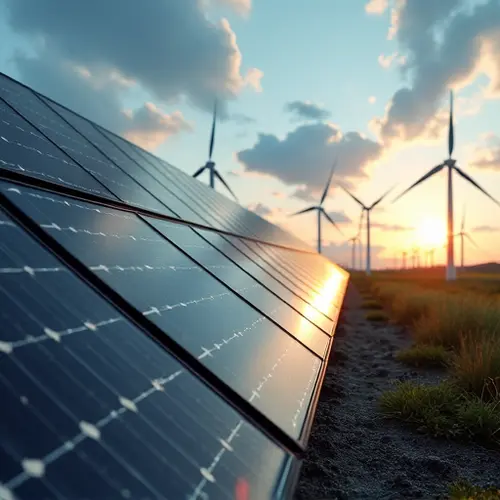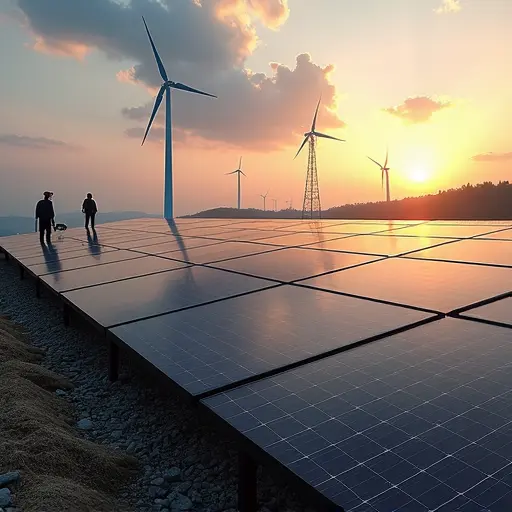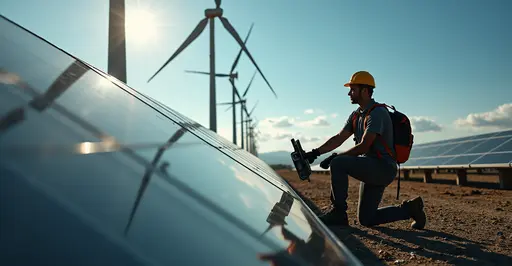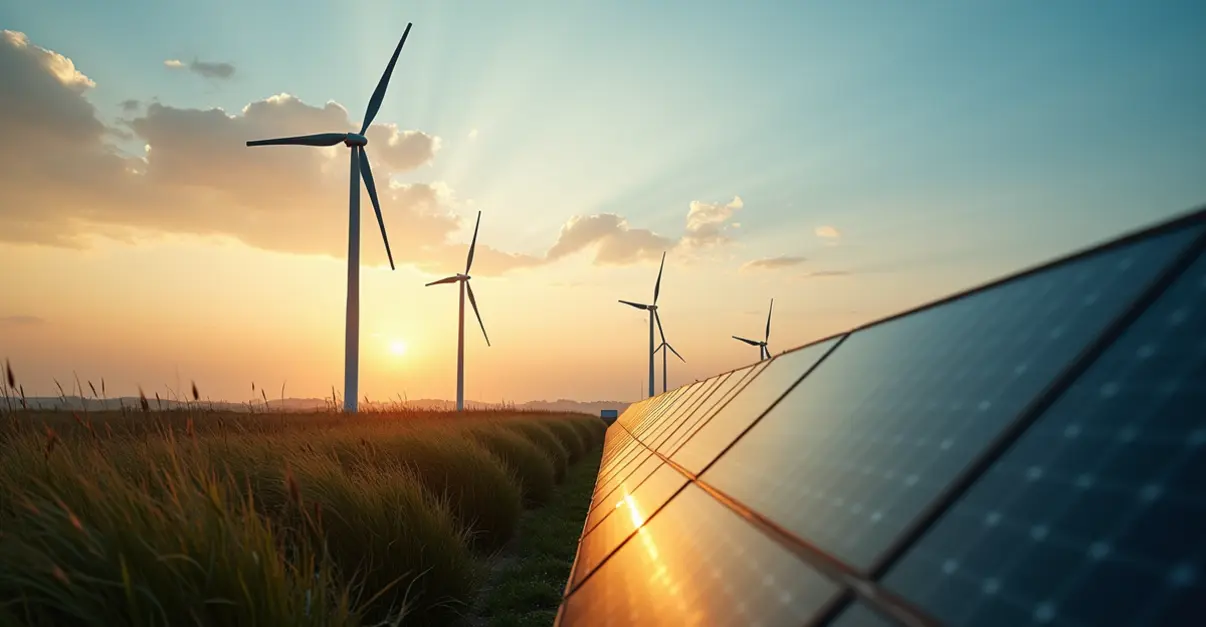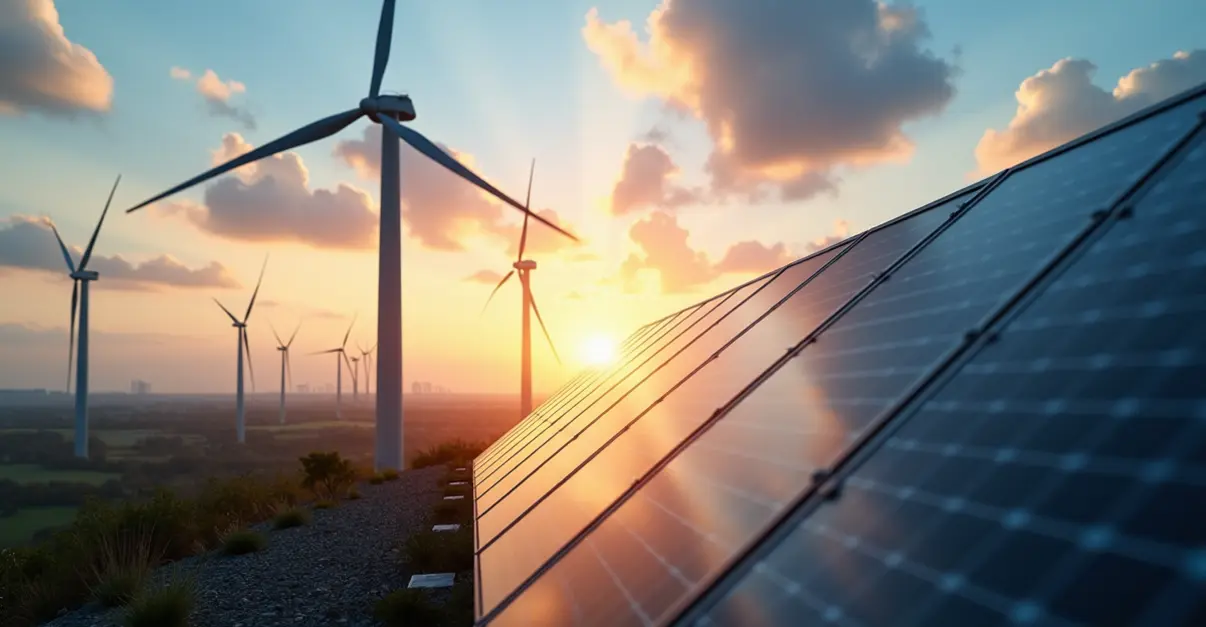Renewable energy now provides 40% of global electricity, driven by technological advances and supportive policies, with solar and wind leading growth worldwide.
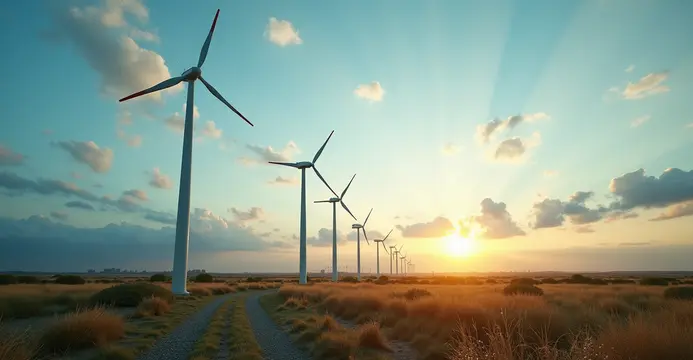
Renewable Energy Milestone Achieved Worldwide
Global renewable energy adoption has reached unprecedented levels in 2025, with solar and wind power leading the transition. According to the International Energy Agency (IEA), renewables now account for 40% of global electricity generation - a significant increase from just 29% in 2023.
Technological Breakthroughs Driving Growth
Several key innovations have accelerated this transition:
- Next-generation perovskite solar cells achieving 35% efficiency
- Offshore wind turbines with 20MW capacity
- Advanced grid-scale battery storage solutions
These technological advancements have reduced the average cost of solar energy by 22% since 2023, making it the cheapest electricity source in most markets.
Regional Leaders and Policy Impacts
The European Union has emerged as the adoption leader, with 65% of its electricity now coming from renewable sources. This rapid transition follows the implementation of the REPowerEU plan and substantial investments in grid modernization.
In Asia, China continues to dominate manufacturing, producing 85% of the world's solar panels while doubling its domestic installation rate. The United States has seen significant growth due to the Inflation Reduction Act's tax incentives.
Challenges and Future Outlook
Despite progress, experts identify grid infrastructure limitations and supply chain vulnerabilities as ongoing concerns. The IEA projects that with current growth rates, renewables could supply 65% of global electricity by 2030, putting the world on track to meet Paris Agreement targets.

 Nederlands
Nederlands
 English
English
 Français
Français
 Deutsch
Deutsch
 Español
Español
 Português
Português




